Bird feeding is arguably the most popular nature-based hobby. More than 40 percent of U.S. households feed their backyard birds, and in the United Kingdom, the rate is as high as 75 percent. And backyard birding is at its best when the snow falls and flocks of wintering species descend for sunflower and suet.
Of course, understanding the natural history of your local birds only adds to the enjoyment, making birding a richer experience.
Blogs about birds, birding and bird conservation are consistently among the most popular on Cool Green Science. Here, we feature a selection of stories to add to your winter birding: whether you want to better know the common species at your feeder, find a winter rarity or contribute to conservation.
-
Are Bird Feeders Helping Northern Cardinals Expand Their Range?
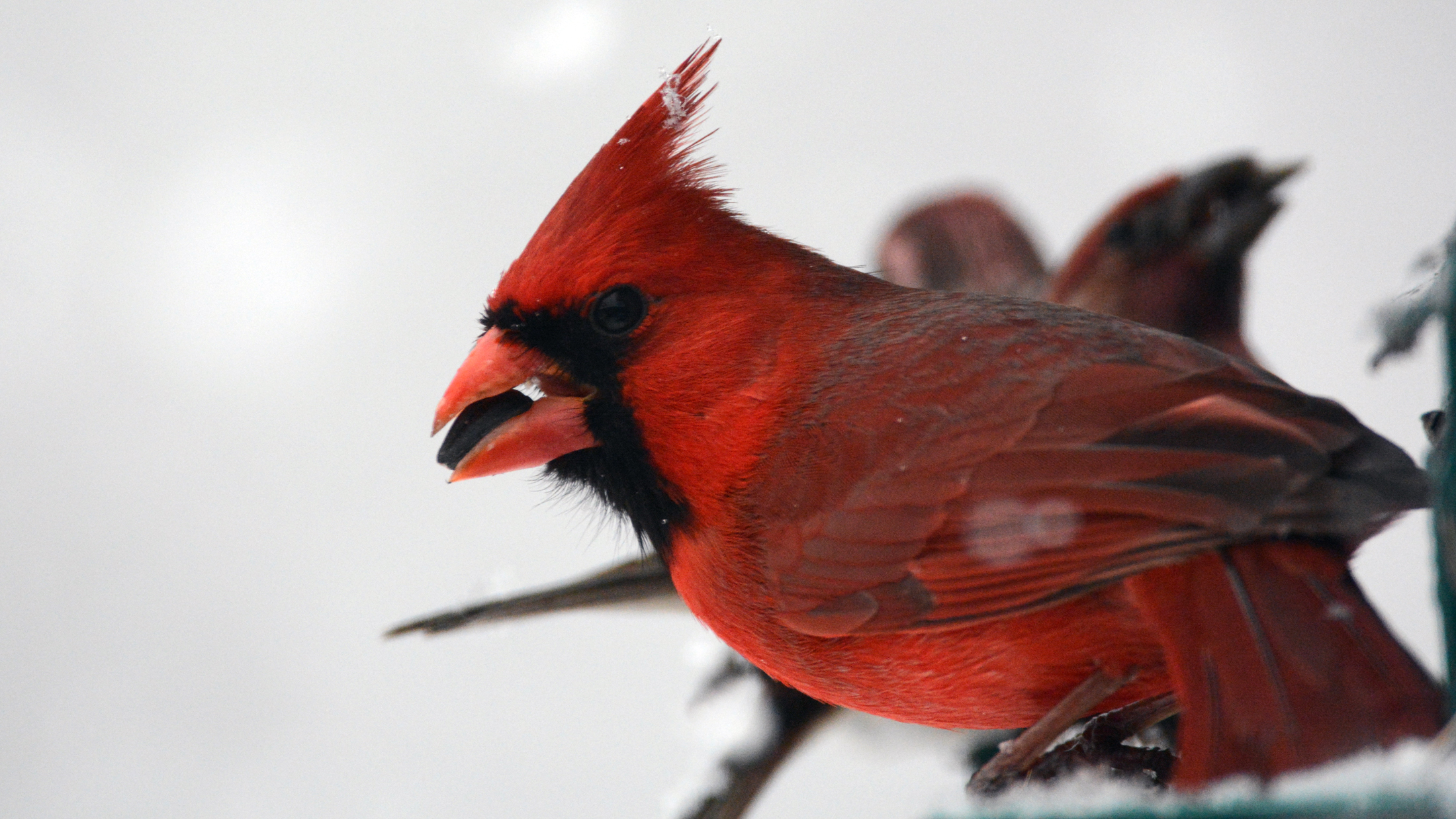
Male northern cardinal and purple finches at a feeder. Photo © Lewis Feldkamp The northern cardinal is one of the most recognized and beloved birds in North America – and more people can see them now than ever, as their range has expanded steadily north over the past 100 years.
The northern cardinal’s spread north has been documented for decades. A 1960 report noted that cardinals first nested in southern Connecticut around 1943, and in eastern Massachusetts in 1958. It also noted that the bird became firmly established in parts of New York, and that its populations increased in northeast Pennsylvania and New Jersey. The reason might be found, in part, with backyard bird feeders. Read more.
-
Ski Among the Pileated Woodpeckers
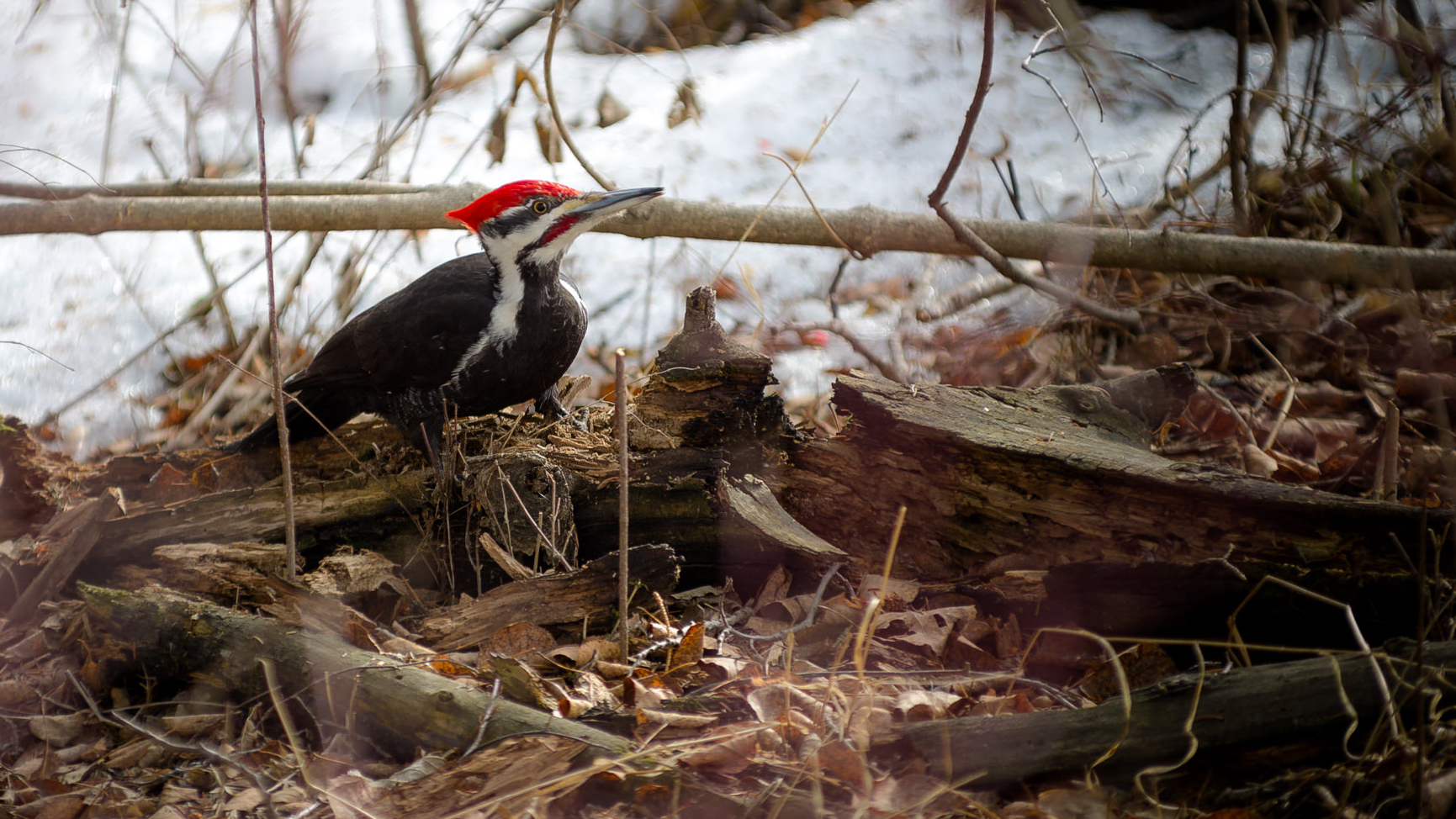
Pileated woodpecker on a fallen tree. Photo © Kurt Bauschardt / Flickr through a CC BY-SA 2.0 license In dense foliage, you’re often lucky to catch even a glimpse of a pileated woodpecker. But once the leaves fall, you can often observe these striking birds at close range.
My favorite way to watch them is to quietly ski up to an active feeding tree. What you will notice first, of course, is their legendary wood pecking. Their large, strong bill serves as a powerful chisel on dead trees. The pileated woodpecker will eat a variety of foods, including seeds and a number of insects, but carpenter ants make up their primary diet.
The woodpeckers go to great lengths to extract these ants. They pound out large, square holes in soft, dead wood. They use their barbed tongues to extract their prey from deep in the hole. Dead trees with abundant ant populations are foraged repeatedly by the woodpeckers. You can often see a tree full of holes from a distance (especially in winter) and piles of woodchips will pile up on the snow.
Stake out such a tree and you’re almost certain to see a pileated. Read more.
-
Go Owling
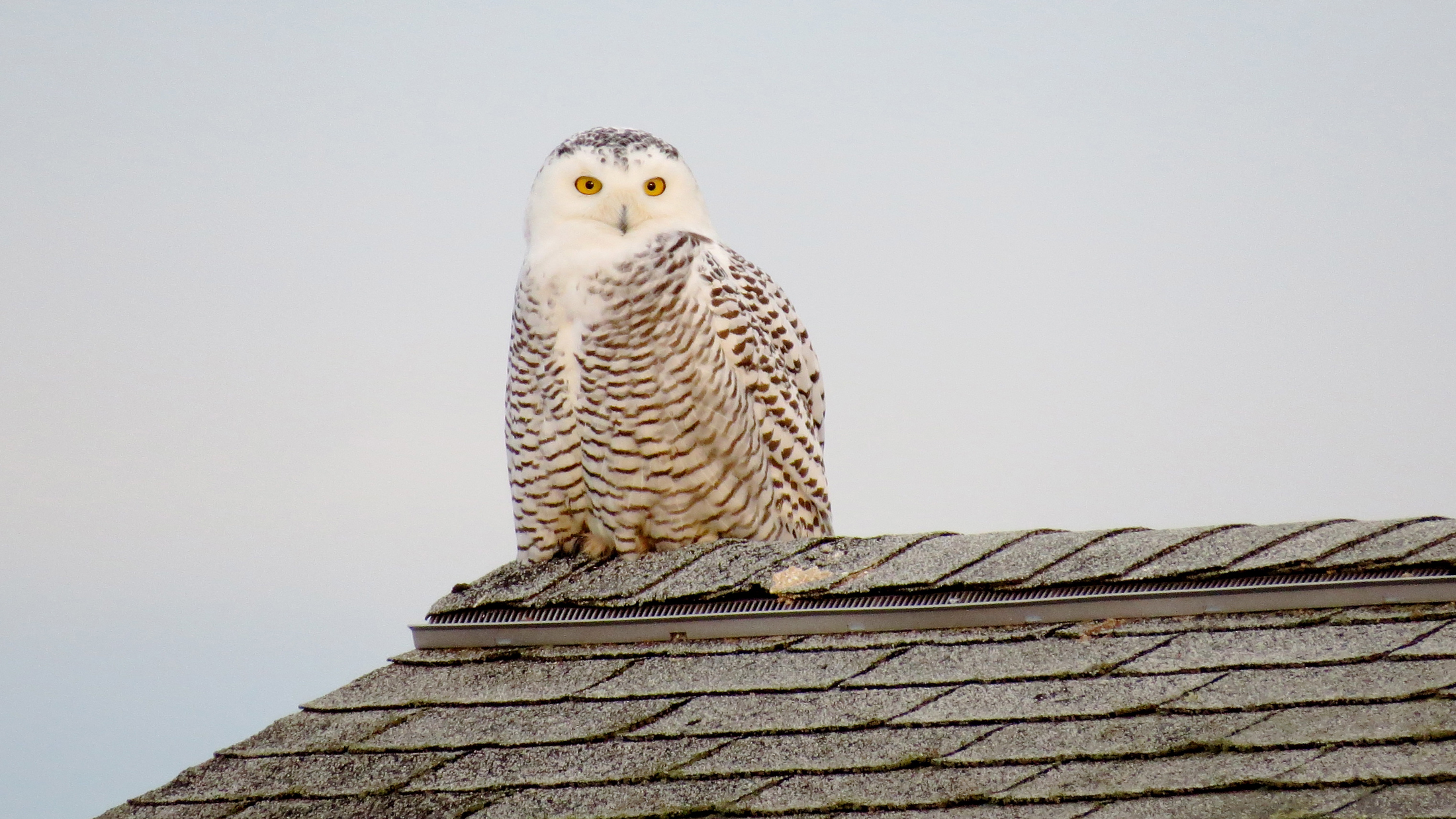
Suburban snowy owl. Photo © Colleen Prieto / Flickr through a Creative Commons license It’s the hooting season. Great-horned owls nest early (in February or March), and they begin by establishing a nesting territory. Most great horned owls mate for life, but in the fall the pair begin a courtship display, loudly calling to each other. Locating these hooting owls can be a great way to spend a cold evening. Read more.
You can also seek out more unusual owls. Periodically, snowy owls fly from their Arctic homes to open fields and airport runways around the United States. The reason? Lemming populations.
While these events, called irruptions, always create excitement, snowy owls are among the most nomadic of all birds. Throughout their lives, the owls are in constant motion, rarely nesting or wintering in the same place twice. Read more.
-
Seek Out Rarities
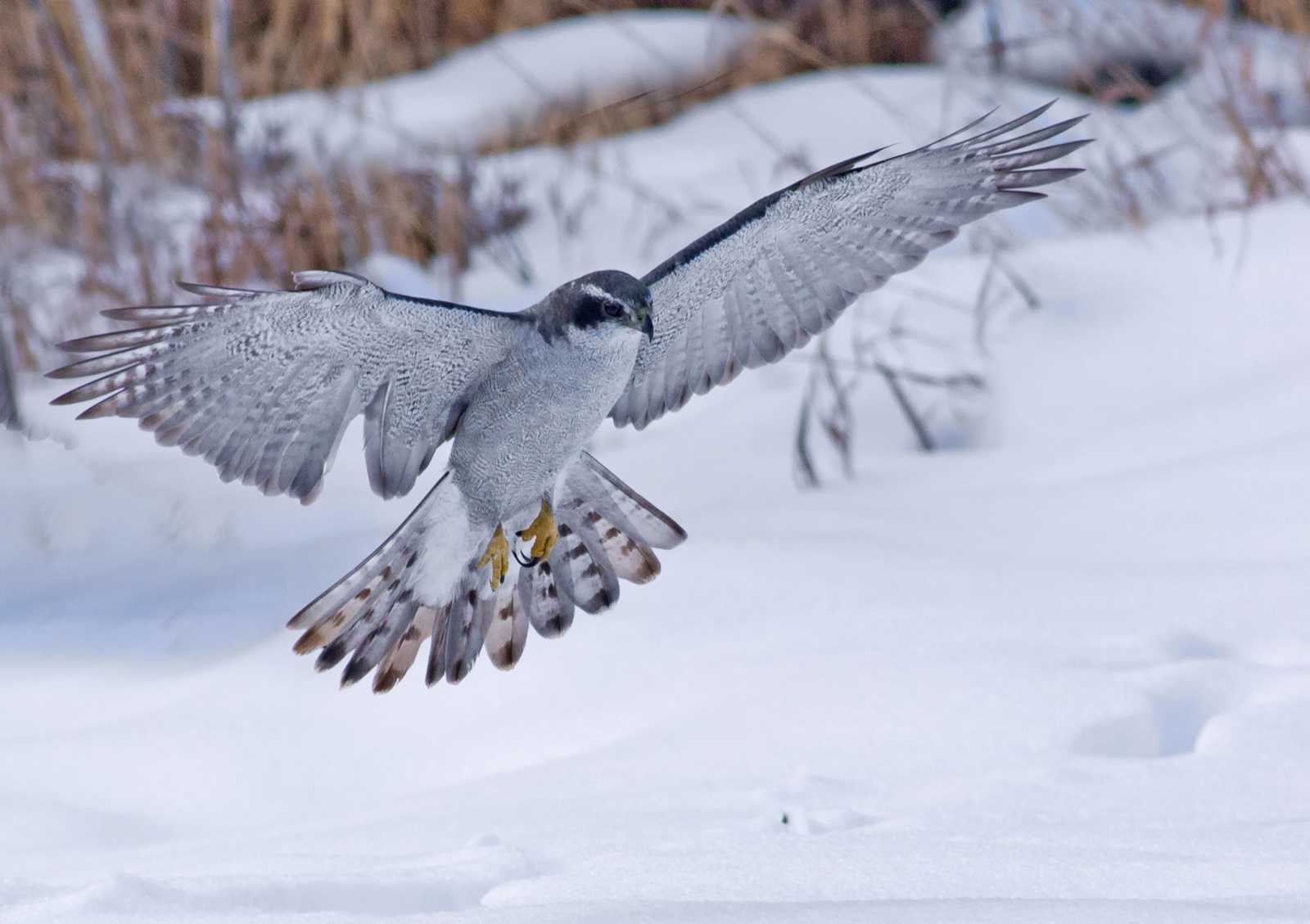
Northern Goshawk are used as an indicator species since they are at the top of the food chain. Photo © Bruce Taubert Even for hard-core listers, winter is not the off-season. In fact, there are many interesting species that you’re likely only to find in winter (at least if you live in the United States and don’t fancy expensive trips). Avid birder Justine Hausheer shares her picks for the 10 best “snow birds” to seek.
You may not have to go far. Each year, backyard birders report rarities that show up at their feeders. What will it be this year? Ornithologist Joe Smith points out some species you may want to watch for out your window.
-
Find a Grouse “Snow Cave”
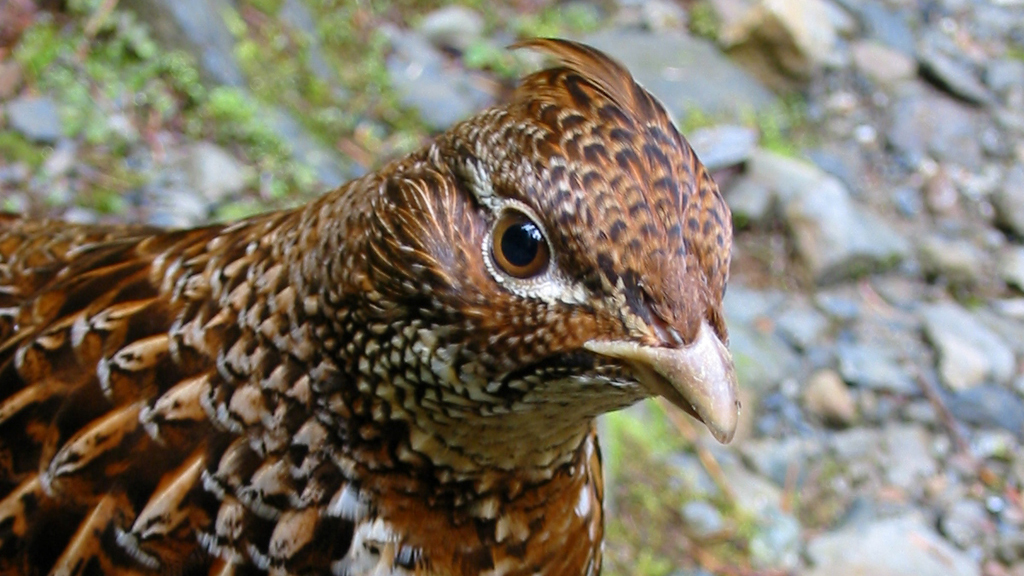
When the snow gets deep, ruffed grouse head under the snow. Photo: Ben Amstutz / Flickr under a Creative Commons license I find the grouse species to be some of the most fascinating creatures in North America, and never more so than winter. The ruffed grouse plunges into fluffy snow, with its body heat creating a snow cave.
The blue grouse actually migrates from low, snow-free elevations to mountains covered with deep snow. Here’s why.
-
Eurasian Collared Dove: Have You Seen This Bird?
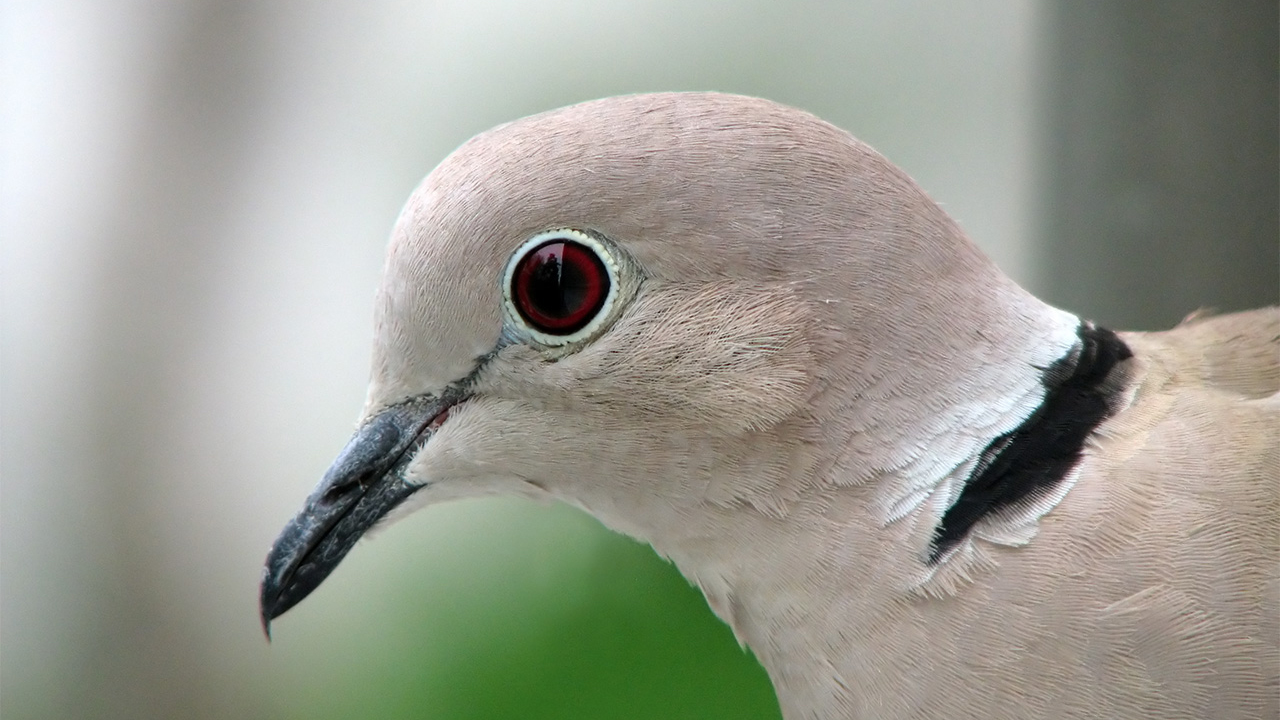
Eurasian collared dove. Photo: lruka on Wikimedia under a Creative Commons license Each winter, many birders participate in citizen-science efforts to document what they see, including the Great Backyard Bird Count, Project FeederWatch, and the Christmas Bird Count.
These efforts have documented a lot of interesting trends in bird conservation. Backyard birders, for instance, have documented the rapid spread of the Eurasian collared dove.
First documented in the 1980s in Florida, the birds have steadily spread north and west. By 2001, they were in California. Read more.
-
Waxwings Really Have Wax Wings
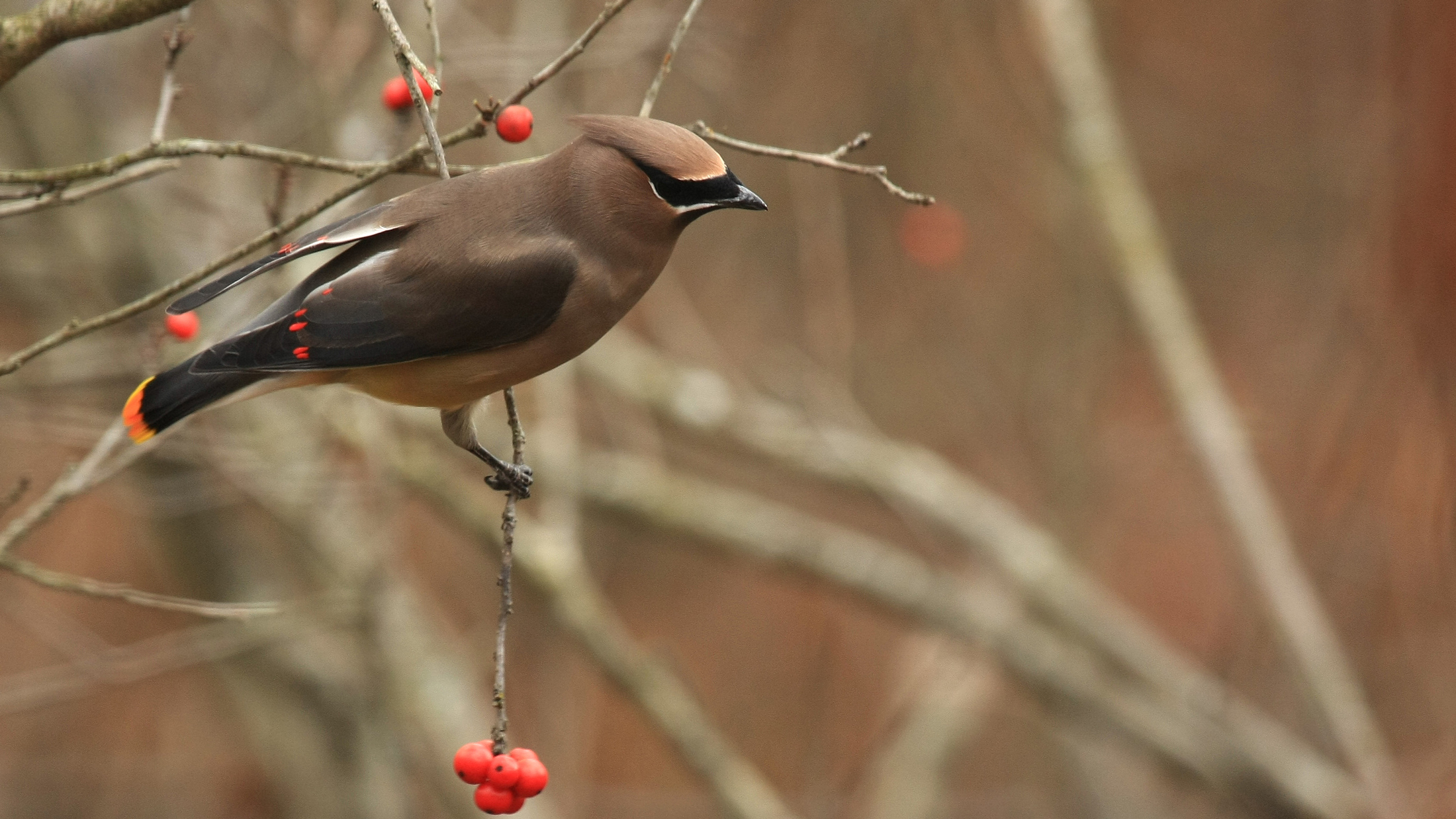
Cedar Waxwing. Photo © Seabamirum / Flickr through a Creative Commons license Cedar waxwings are a favorite of many birders and backyard naturalists. With their fuzzy-looking crests and sharp color accents, they’re dapper looking birds. A large flock of them picking through berries is always entertaining to watch.
But what’s in a name? Why is it called a waxwing?
That’s pretty simple: Cedar Waxwings really have wax wings. The bright red, visible on the wing feathers of some waxwings, is actually waxy red secretions.
What’s the purpose of the wax? That question seems more difficult to answer. Many ornithological sites state that the purpose remains unclear. Read more.
-
Why You See Robins in Winter
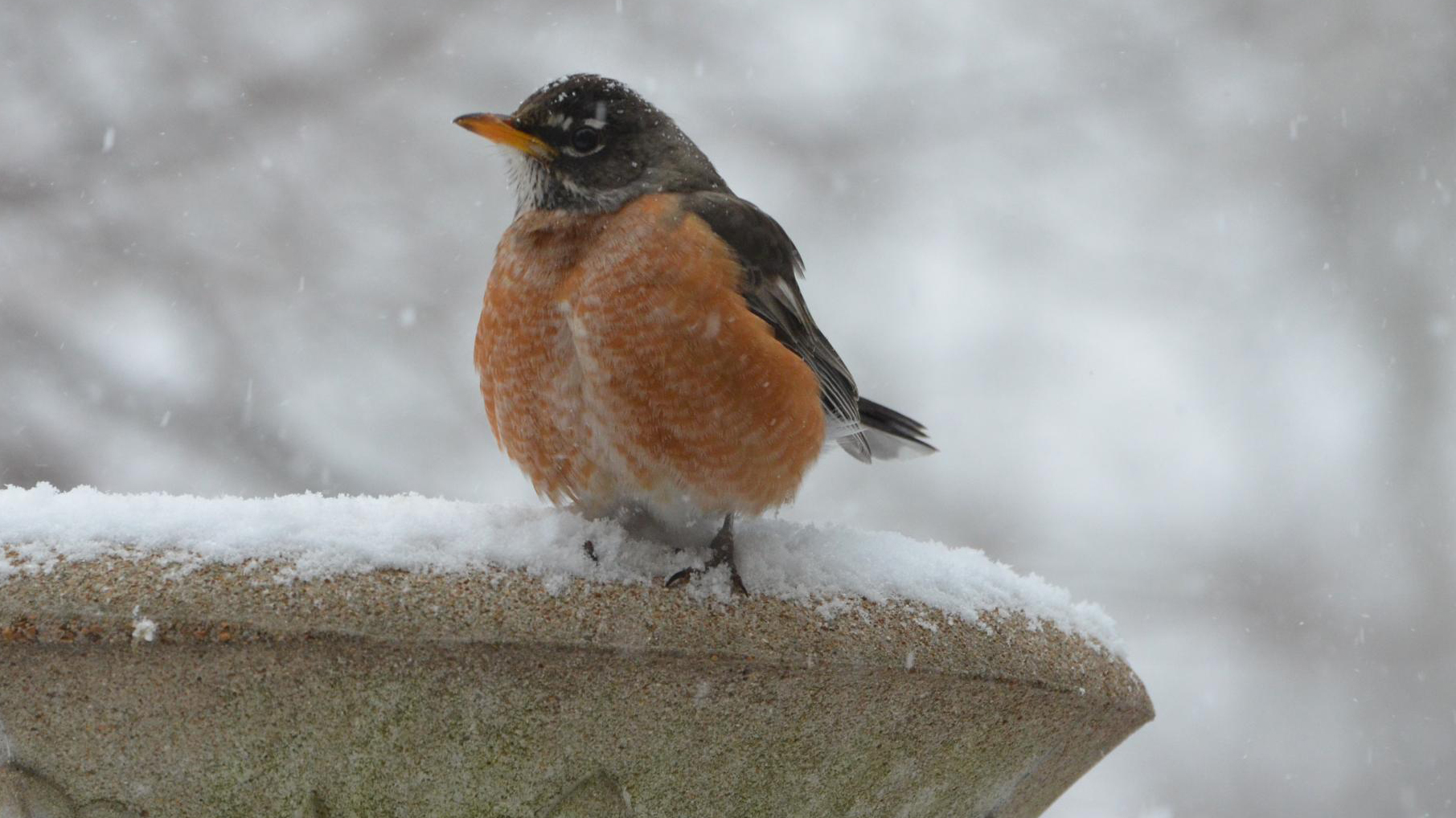
American Robin (Turdus migratorius). Photo Andy Reago & Chrissy McClarren / Flickr through a CC BY 2.0 license As a kid, we used to treat the sighting of the first American robin as a sign of spring. However, as I grew older I noted that the arrival of robins often came in the middle of winter. Sometimes, I’d even see large flocks.
Even our most common of birds are often misunderstood. Here’s the reality of robins in winter.
-
How Do Birds Stay Warm on a Cold Winter’s Night?
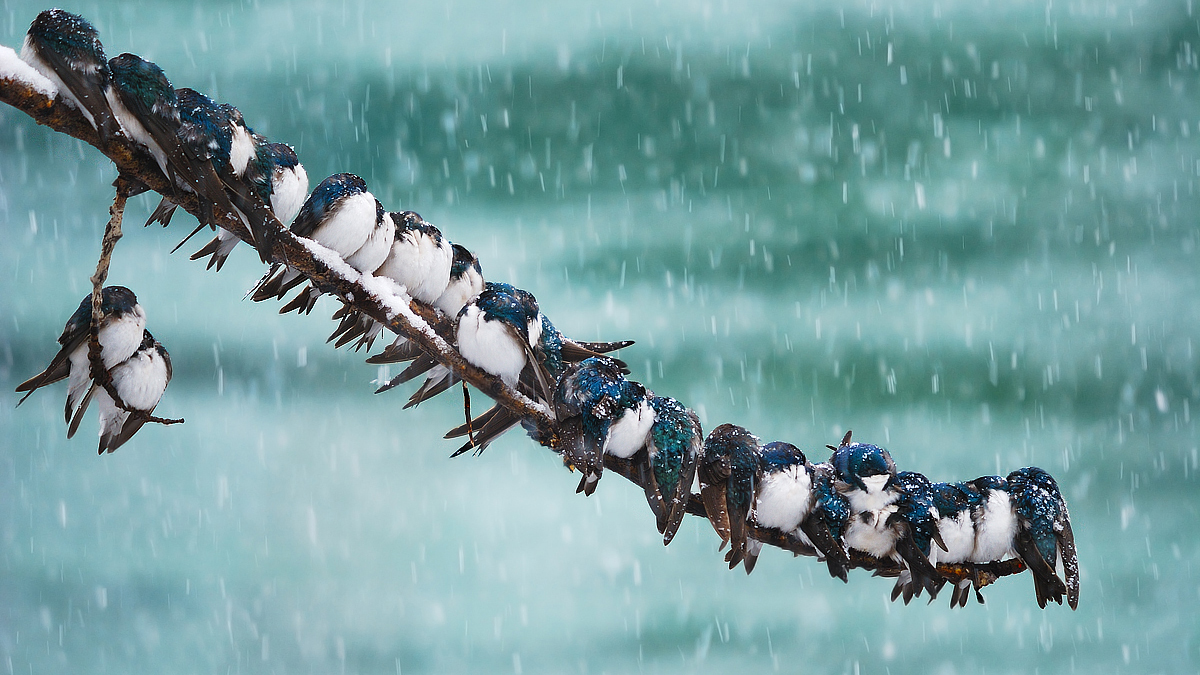
Swallows in a snowstorm. Photo © Keith Williams / Flickr through a Creative Commons license Frigid temperatures and blizzards present challenging conditions for birds, but many species have incredible adaptations and behaviors to help them survive the most brutal conditions. Some species seek out a variety of shelters – from tree cavities to old shoes – to get through cold nights. Ornithologist Joe Smith blogs on other unique winter roosting habits.
Extreme blizzards can be especially difficult for birds to survive. Some simply move. But in some extreme snowstorms, birds have starved en masse, prompting local rescue efforts. Read more.
-
Is Winter Bird Feeding Good or Bad for Birds?
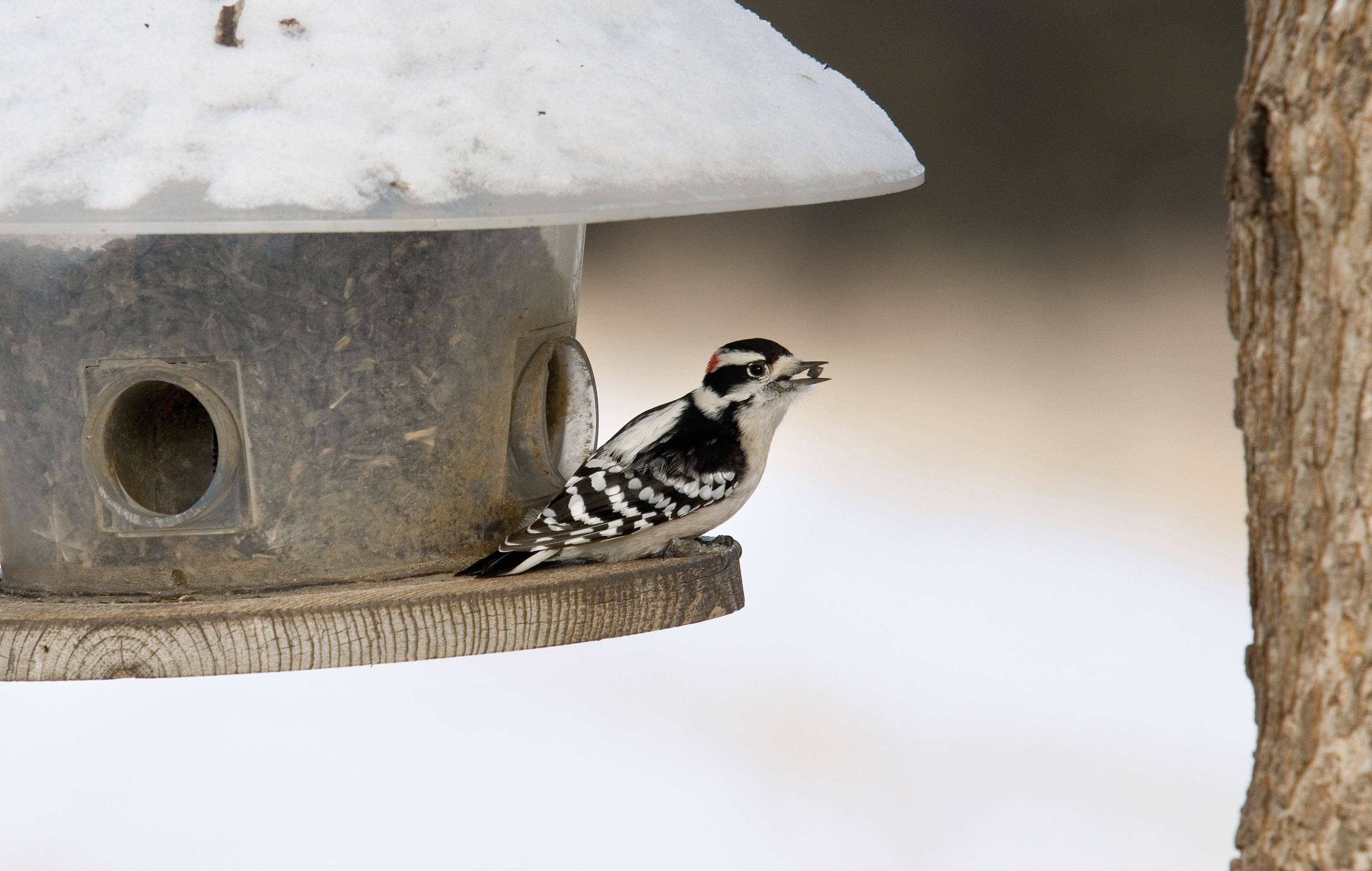
A downy woodpecker at a winter bird feeder. Photo: © Chris Helzer/TNC. Despite the widespread popularity of bird feeding, scientists are still building a basic understanding of its impacts. Does your backyard feeder help or hinder the local species? Joe Smith breaks down the research and presents an excellent overview of the science of bird feeding. Read more.
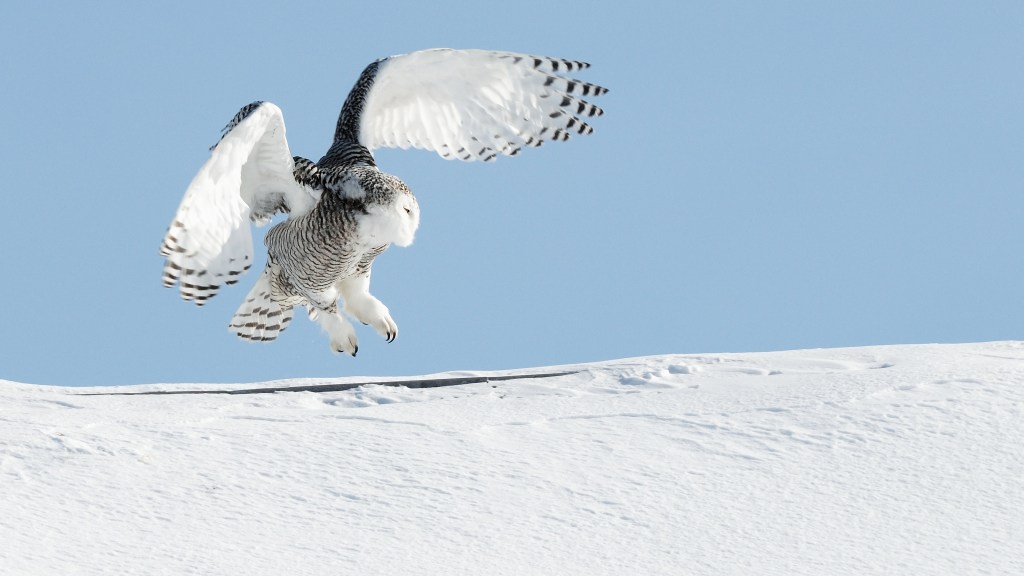



Cool article!
Thanks for the well curated blog post. It’s nice to be able to get a brief overview, with the option to dig deeper into each topic. Lots of great ideas here for winter-time observations. Thanks.
I love birds & all animals. All animals , all wildlife, all fish, mammals, all amphibians , all are Children of God & Mother Nature ( Mother Earth & Father Sky), deserving of life , respect, safety & love . Barbara